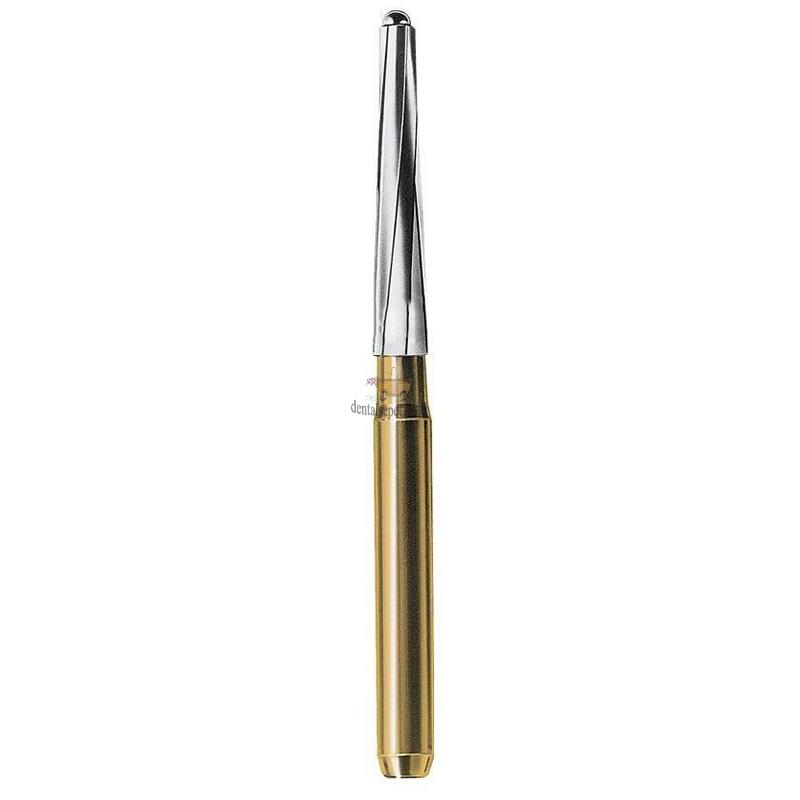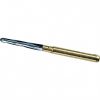
Moreover, it has several advantages including biocompatibility, bacteriostatic, good sealing ability, and ability to set up in the presence of moisture.

It has been widely used in endodontics for many different treatments other than perforation like direct pulp capping, retrograde filling, and apexification. MTA is composed of tricalcium silicate, tricalcium aluminate, tricalcium oxide, and silicate oxide, and also, bismuth oxide was added as a radiopacifier. The current case report demonstrates nonsurgical repair of root perforation on the apical part of the upper left first molar using MTA. Many materials have been used for the treatment of root canal perforation such as amalgam, Super EBA, and glass ionomer, but recently mineral trioxide aggregate (MTA), and bioceramic putty showed better results and outcomes. Currently, two treatment modalities are available for the management of these perforations, either surgical or nonsurgical approaches. Eventually, chronic inflammation will occur in the periodontium, which is characterized by the formation of granulation tissue and loss of bone attachment around the perforation. It may occur during any stage of the treatment, access cavity, cleaning and shaping, or as a result of internal resorption that is extended to the periapical tissues.

It is one of the endodontic complications during root canal treatment. With the use of this material and good tools like a microscope, there are those with having higher chances of repair and eventually higher success rates.Īccording to the glossary of endodontic terms, perforation is defined as the mechanical or pathological communication between the root canal system and the external tooth surface. Many factors can contribute to the success rate of perforated cases, including time, size, and location of the perforation. The MTA not only can seal the site of the perforation but also has the ability to induce calcification. The prognosis of this case has a higher success rate with the development of new materials such as MTA. At the one-year follow-up, after the management of apical root perforation, we observed periapical tissue healing and no pain due to percussion and palpation, without any clinical/radiological signs or symptoms.

Thus, the nonsurgical root canal retreatment was done and the perforation site was repaired by using mineral trioxide aggregate (MTA). The clinical examination showed that the tooth has been endodontically treated and the canals were filled, tender to percussion and palpation. A CBCT scan was acquired and revealed the location and size of the apical perforation. Periapical radiography showed radiolucency related to the mesiobuccal root and overextended gutta-percha through a perforation in the apical part of the distobuccal root. Her chief complaint was dull pain while biting in her maxillary left first molar. A patient was referred for retreatment of a maxillary left first molar. This study illustrates a conservative approach to nonsurgical management of apical root perforation in maxillary first molars.


 0 kommentar(er)
0 kommentar(er)
